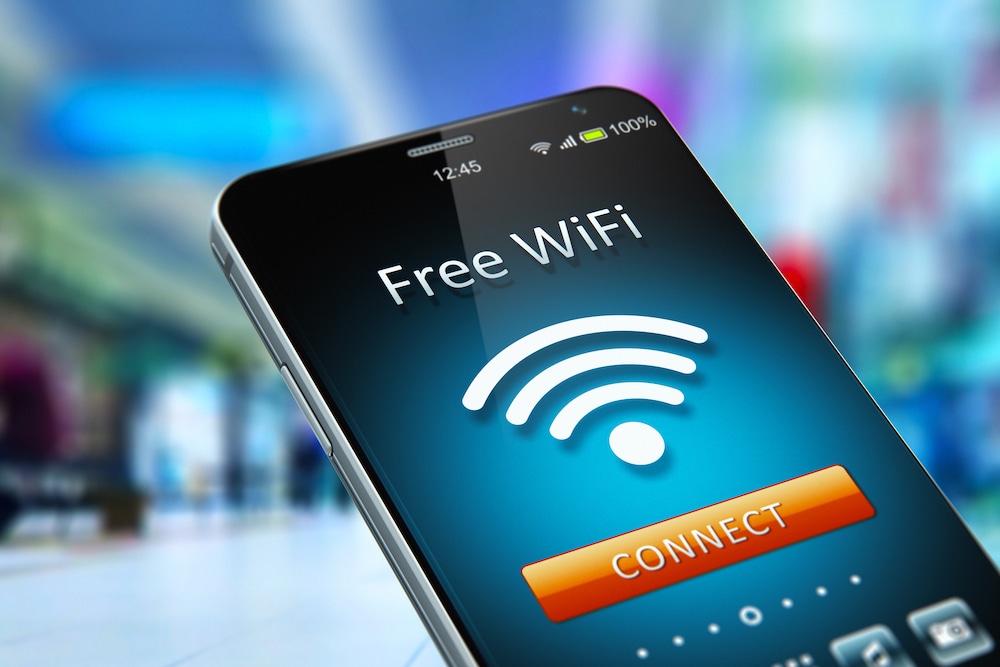- Beyond increasing ticket size and customer convenience, WiFi offers marketing and advertising advantages, says Zenreach CEO John Kelly.
- From building out your database and getting a more accurate traffic account to eliminating reliance on apps, WiFi can boost effectiveness of location-based advertising and provide valuable customer insights.
Webinar: How IP phone services and call centers can grow your bottom line
Guest WiFi service is fast becoming a must-have for many restaurants, especially limited-service operations—including pizza shops. If your guests order at the counter for dine-in or carryout, WiFi can help ensure your customers stick around for a while and, with any luck, order more food or dessert, thus boosting ticket sizes. And if your guests know they can rely on your pizzeria for fast, reliable WiFi, they will keep coming back—and bring the family or some friends with them.
Beyond increasing ticket size and customer convenience, however, WiFi offers marketing and advertising advantages for pizza restaurants, according to John Kelly, CEO of Zenreach, which specializes in marketing software for brick-and-mortar businesses with public WiFi.
“WiFi technology not only ensures greater effectiveness of your location-based advertising efforts, it also gives you a competitive advantage when it comes to targeting your advertising and, subsequently, gaining actionable insights on both in-store customer visits and online conversions,” Kelly said.
Kelly pointed out five ways WiFi can bolster and improve a brick-and-mortar restaurant’s business.
1. Building a First-Party Database
There is immense value in using an in-store guest WiFi network to build a first-party database. More than just a hands-free way to gather data on your customers to understand them better and build profiles, it can also be leveraged as target lists for marketing campaigns. Consider the possibilities in retargeting those guests with online ads or potentially creating “lookalike” audiences for gauging prospects.
2. Foot Traffic Accuracy
WiFi is even more useful than GPS at determining a user’s precise location. Because networks can be configured and invisible lines drawn, operators can have a much stronger level of confidence about a user’s presence in a location. This not only applies horizontally but vertically as well, so multi-floor buildings are less of a challenge. The result: fewer false positives.
Related: How to save money by upgrading your pizzeria’s phone system
3. Easier Passive Detection of Visitors
WiFi data comes directly from phone interaction with the network rather than from apps running on the phone. This distinction is important because a user won’t need to engage with a particular app or view a particular advertisement in order for a provider to be able to collect data. As long as a user’s WiFi signal is turned on—and remember, that’s the default setting—the user’s cell phone will be sending a signal that is captured by the wireless router. The result, again, is far fewer false negatives.
4. Precise Dwell Time Measurement
A WiFi network can be configured to only count a user when that user has been recognized for a minimum amount of time—Zenreach calls this “dwell time.” This gives a much higher degree of confidence that a user is in a location for the time required to be an actual customer and not just someone passing by. This not only improves the quality of the data for targeting purposes, but also ensures the accuracy of measurement in attribution.
5. Protection from Industry Volatility
Since the data collected comes from phone interaction with the network rather than an app, there’s no need to worry about any recent industry changes to an app’s location tracking that would impact WiFi data.













